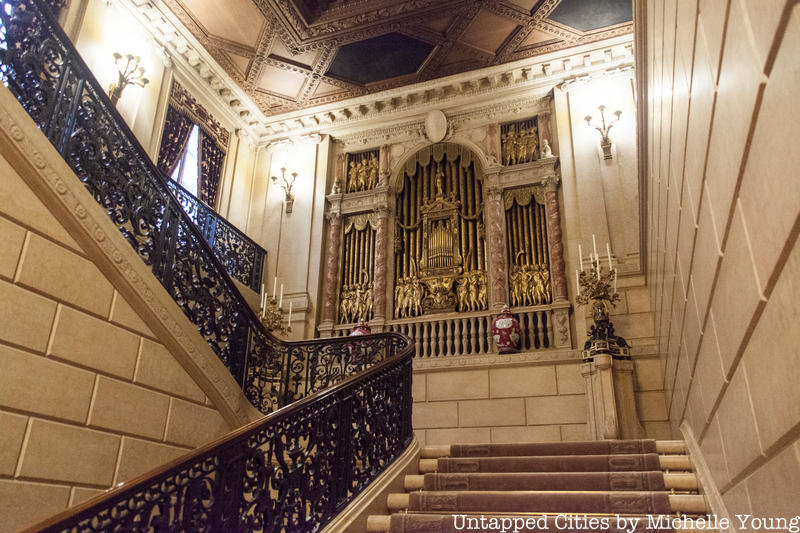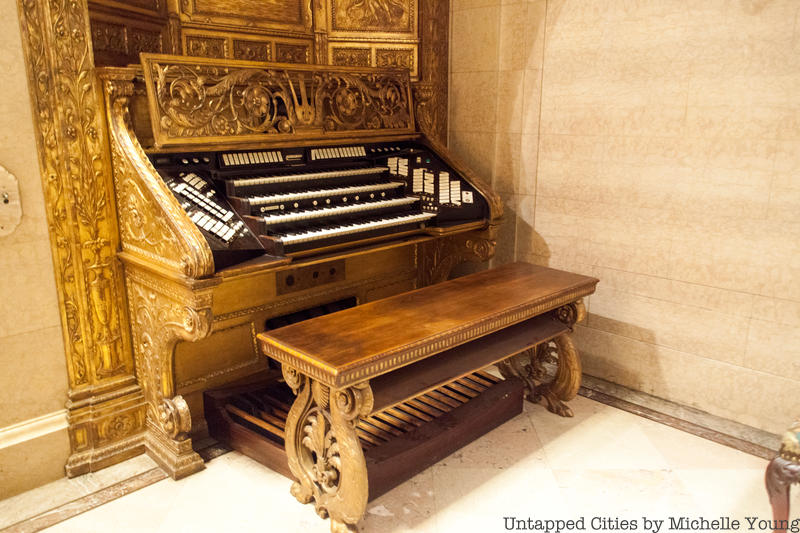9. There’s an Extraordinary Organ in the Grand Staircase

Elaborate mechanized musical devices were all the rage among the swells of the early 20th century. Andrew Carnegie urged his friend Frick to buy an orchestrion—a gigantic self-playing instrument that imitates orchestral sounds much like a player piano—which he did for his Pittsburgh house, Clayton. But in New York he opted for a different instrument, an Aeolian Organ, to be fitted into an arched niche at the foot of the main staircase, letting music be heard at dinner in the dining room. The staircase’s ornate wrought-iron balustrade was inspired, appropriately, by the dean’s staircase, designed by Jean Tijou, at St. Paul’s Cathedral in London. The placement in the staircase, alas, muted the resonant sounds the organ should have produced. Frick had engineers try to reconfigure it, but unsuccessfully.

In his biography of Joseph Duveen, S. N. Behrman had written that it was Frick’s custom to have an organist in on Saturday afternoons to fill the gallery “with the majestic strains of ‘The Rosary’ and ‘Silver Threads among the Gold’ while he sat on a Renaissance throne. He must have felt that only time separated him from the Medicis, claimed Behrman.





